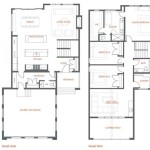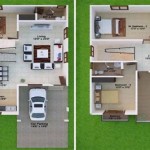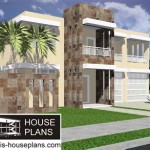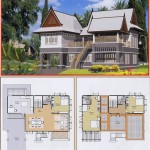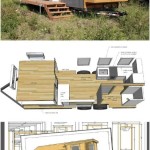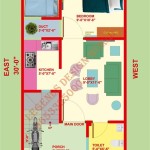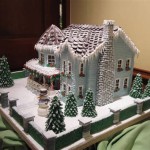Essential Aspects of Clubhouse Plan Layout Dwg
Creating a functional and visually appealing clubhouse is essential for any golf course or country club. A well-designed clubhouse enhances the member experience, provides a comfortable and inviting space for socializing, and supports the club's operations. One crucial aspect of designing a clubhouse is the floor plan, which determines the arrangement of spaces and the flow of traffic. This article will delve into the essential aspects of Clubhouse Plan Layout Dwg, covering key considerations and best practices for creating a successful clubhouse design.
Understanding the Purpose and Function
Before designing the clubhouse layout, it's essential to understand its primary purpose and function. Define the key activities that will take place within the space, such as dining, socializing, events, and administrative functions. This understanding will guide decisions on the allocation of space, the size of rooms, and the overall layout of the building.
Creating a Welcoming Entrance
The entrance to the clubhouse sets the tone for the entire space. Design a welcoming and visually appealing entryway that creates a sense of arrival and directs visitors seamlessly into the main areas. Consider features such as a spacious foyer, natural lighting, and appropriate signage to guide guests.
Optimizing Flow of Traffic
Smooth and efficient traffic flow throughout the clubhouse is essential. Ensure that the layout minimizes congestion and creates clear pathways for members and guests. Designate separate zones for different activities and provide ample circulation space to avoid overcrowding in key areas.
Creating Flexible Spaces
Modern clubhouses require flexible spaces that can adapt to various functions and events. Design rooms that can be easily reconfigured, with movable walls or partitions. This versatility allows the clubhouse to host a wide range of gatherings, from intimate gatherings to large-scale receptions.
Designing the Dining Area
The dining area is a central hub of any clubhouse. Plan the layout carefully to ensure a comfortable and enjoyable dining experience. Determine the capacity, seating arrangements, and flow of service. Consider features such as open kitchens, natural lighting, and views of the surrounding landscape to enhance the dining ambiance.
Incorporating Social Spaces and Amenities
Clubhouses are not just about dining; they provide a space for members and guests to socialize and relax. Designate areas for casual interactions, such as lounges, patios, and terraces. Consider amenities such as a bar, fireplace, or game room to foster a sense of community.
Ensuring Accessibility and Inclusivity
Accessibility and inclusivity should be an integral part of any clubhouse design. Ensure that the layout accommodates individuals with disabilities with ramps, elevators, and accessible restrooms. Consider universal design principles to create a welcoming and inclusive space for all members and guests.
Seeking Professional Guidance
Creating a successful clubhouse plan layout requires expertise and attention to detail. Consider consulting with an experienced architect or design professional who specializes in clubhouse design. They can provide valuable insights, ensure code compliance, and help bring your vision to life.
In conclusion, Clubhouse Plan Layout Dwg plays a vital role in creating a functional, welcoming, and visually appealing space. By considering the essential aspects outlined above, clubhouses can optimize flow of traffic, provide flexible spaces, enhance dining experiences, incorporate social amenities, ensure accessibility, and reflect the unique character and purpose of the club. Seeking professional guidance is highly recommended to achieve the best possible design outcome.

Clubhouse Architectural Layout Plan Dwg File N Design Club House

Clubhouse Layout Dwg Drawing The Cad File Now Cadbull

Club House Dwg Cadbull

Club House In Autocad Cad Free 406 27 Kb Bibliocad

Clubhouse In Autocad Cad Free 1 57 Mb Bibliocad

Clubhouse Layout And Electrical Plan Cad Drawing 3000 Sq Ft N Design

Clubhouse Layout Plan Autocad Drawing Dwg File Cadbull Club House

Indoor Layout Plan Of Gym Clubhouse Decors 3d Models Dwg Free Pikbest

Clubhouse 2d Detailed Dwg Floor Plan Cad Drawing File Now Cadbull

Club House Layout Plan Elevations And Section Details Cad Template Dwg Templates


